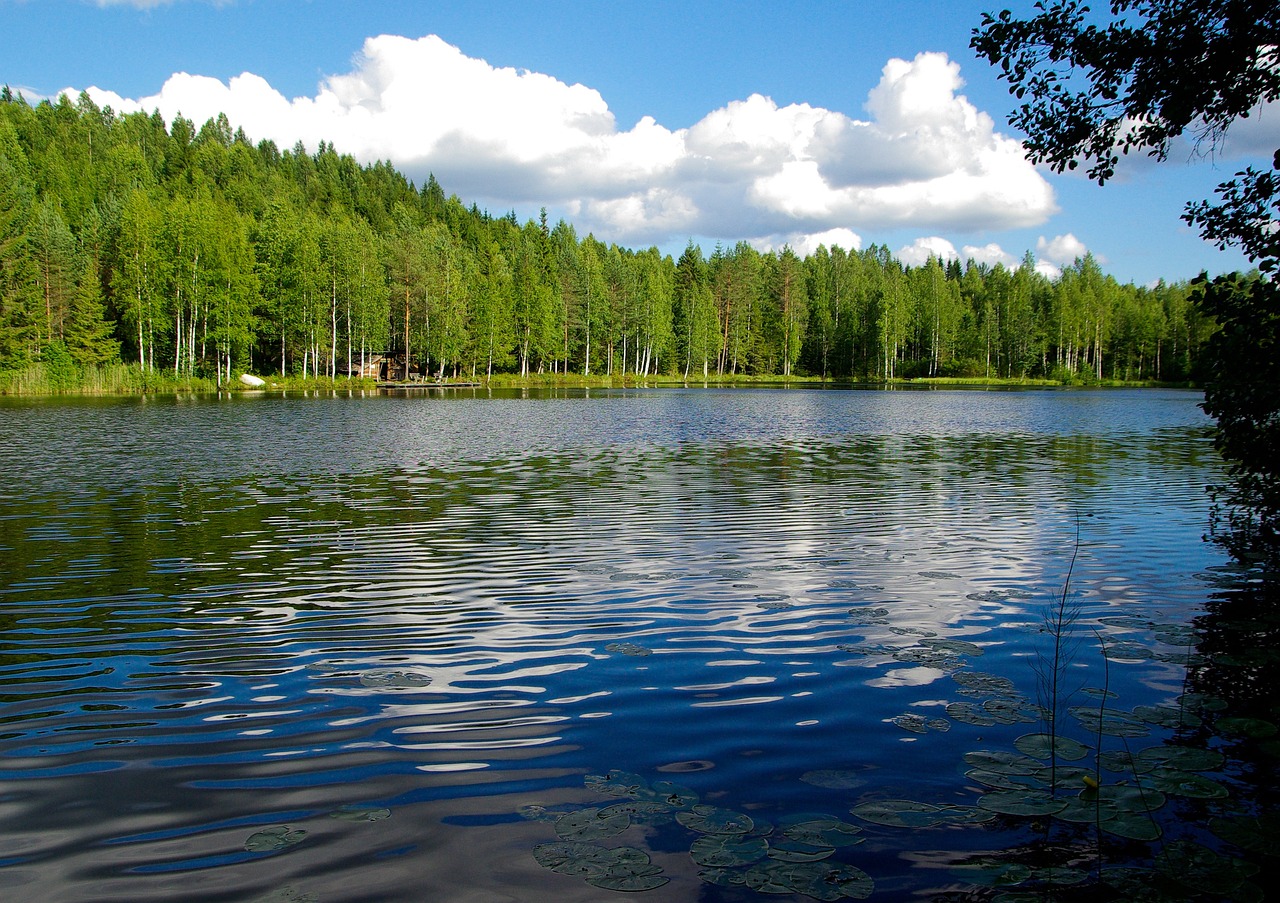The steel industry is currently one of the main drivers of the climate crisis at hand. It produces about 28 percent of all industrial greenhouse gas emissions and 7–9 percent of all climate-warming emissions in the world.
”The steel industry plays a decisive role in whether global warming can be limited to below 1.5 degrees. Technological solutions to minimize emissions are already available, but investments in coal-based production that accelerate climate change are still being made” says Bernt Nordman, head of Climate program at WWF Finland.
For the companies participating in WWF’s campaign, steel is a key part of their business.
”At Cargotec, the emissions from the production of steel structures make up almost half of our supply chain emissions. The current emission-intensive production methods of steel do not help build a sustainable future. We want to encourage the steel industry to move towards cleaner production,” says Päivi Koivisto, VP Sustainability at Cargotec.
In order to minimize the emissions of steel production, steel manufacturers should move from current coal-burning blast furnaces to electric arc furnaces. The electricity they need should also be produced in low-emission ways, such as wind and solar power. Building a cleaner energy infrastructure also requires steel.
”For a provider of green energy services like us, steel is one of the most important materials. We want to ensure that our entire value chain produces as few climate-warming emissions as possible”, says Tommi Manninen, SVP, Communications and Public Affairs at Enersense.
The demand for steel is still growing, as it has been for a long time. Most of the world’s steel is made from virgin iron ore mined from the ground, which is then reduced to iron using fossil coal. In addition to introducing emission-free furnace technology, the share of steel and iron scrap as a raw material should also be increased, and the process of steel reduction switched from coke-based methods to green hydrogen-based ones.
“Sustainable building requires more sustainable materials. In the construction industry steel is one of the largest sources of emissions when it comes to individual materials. YIT’s goal is to build sustainable homes and living environments, and in accordance with our strategy, we are committed to reducing emissions both in our own operations and in our value chain in accordance with the Science Based Targets initiative. Regarding emissions, we have identified steel as one of the most important materials in our operations and started an assessment to reduce the material emissions of steel. We want to contribute to the transition of our partners in the steel industry towards low-emission production”, states Wilhelm Ehrnrooth, Vice President, ESG at YIT.

